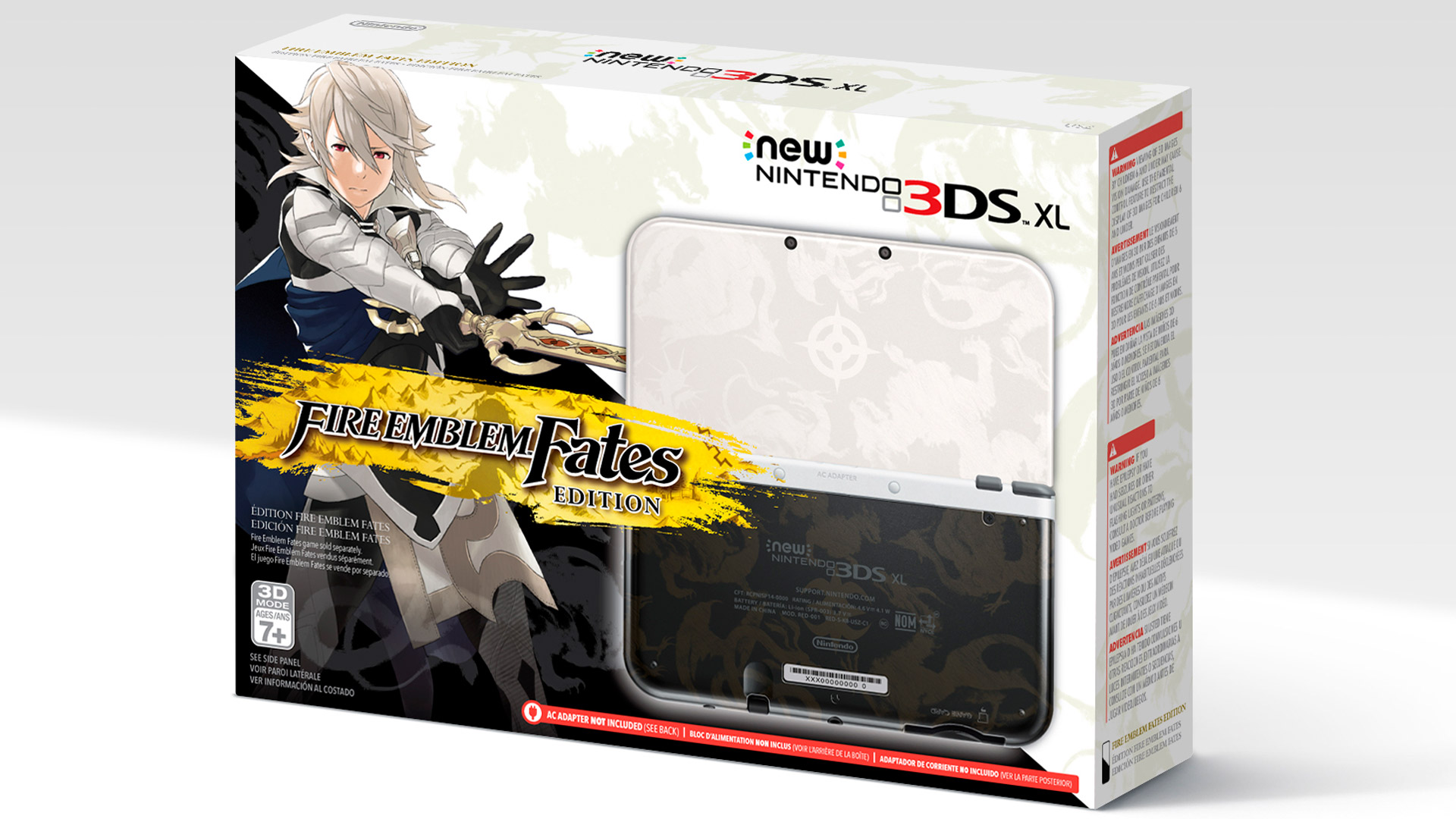Closer to a handheld PS3 than to a PS4.*
No.
Let's not forget, the ps3 had 26 pixel shaders, and 8 vertex shaders. The CPU had to spend it's resources on shoring up the rsx, just to come out on top of an Xbox 360.
And it was not easy. Iirc a developer (maybe naughty dog?) Said it took something like 48 lines of code, just to be able to perform hello world on one of cells SPE's.
And that's just the most scalable aspect, the graphics output.
On a cpu instruction level, cell just can't cut it today. Yes it had pretty dang good single threaded performance, and the SPE's, but it's an in order processor, and the games that made the PS3 look it's best, were designed specifically around that. Predictable in order instructions, predictable access to memory predictable predictable predictable, ie, no branchy.
In today's games, cell would be hit with miss penalties non stop, it's inability to handle branching code, rearrange it's instructions to perform what's able to be done, instead of waiting on dependencies....
It can't run many modern games at ALL. These games would all have to be remade to cater to the cells inflexibility, and part of that would be removing a ton of all the simultaneous movement, environmental interaction (the difference between context sensitive push a here, watch animation, and gameplay where interacting with the environment just works) and details that have come to define current gen games, would have to go.
This is before we even get to putting something on screen, it can't even get started.


